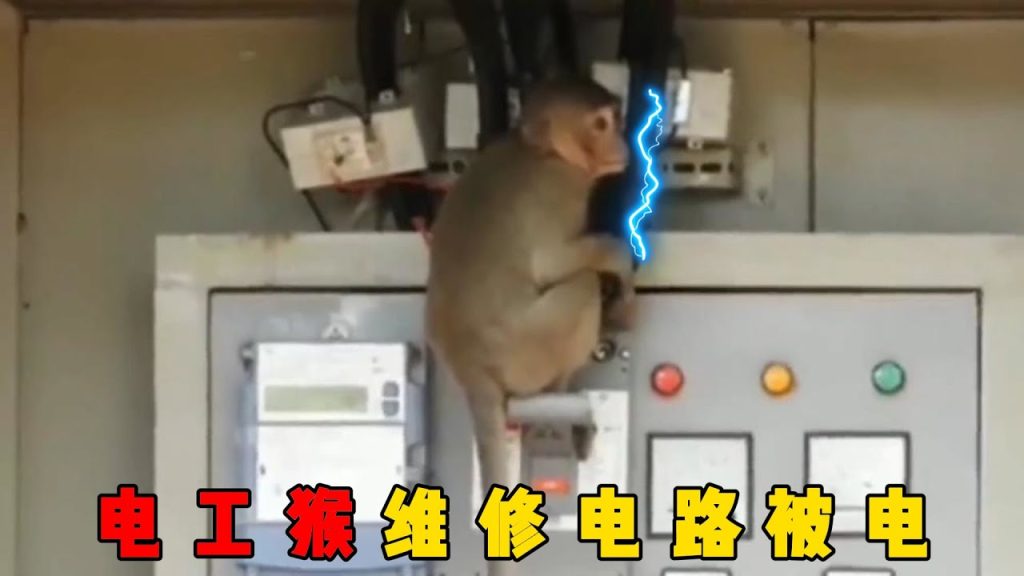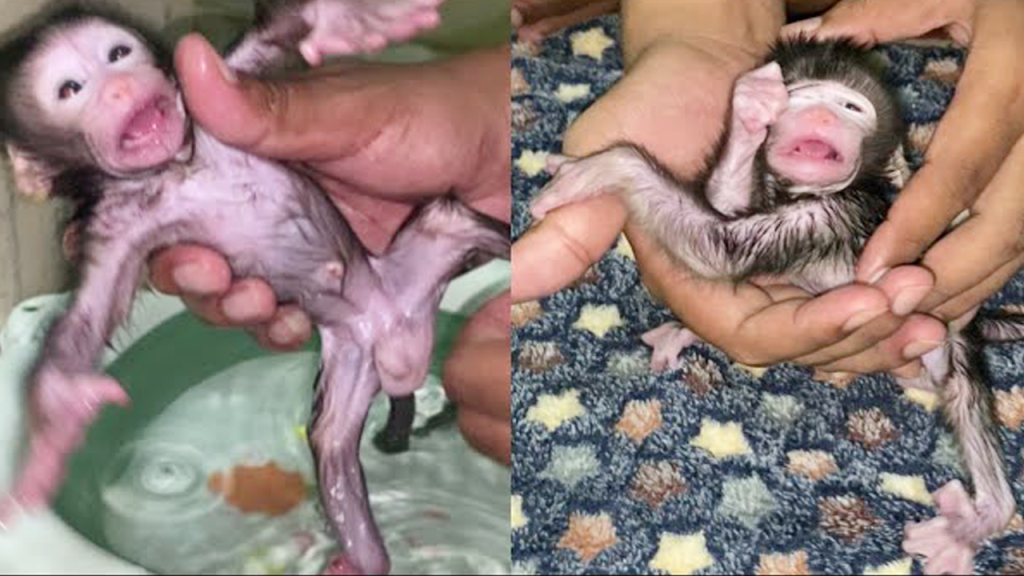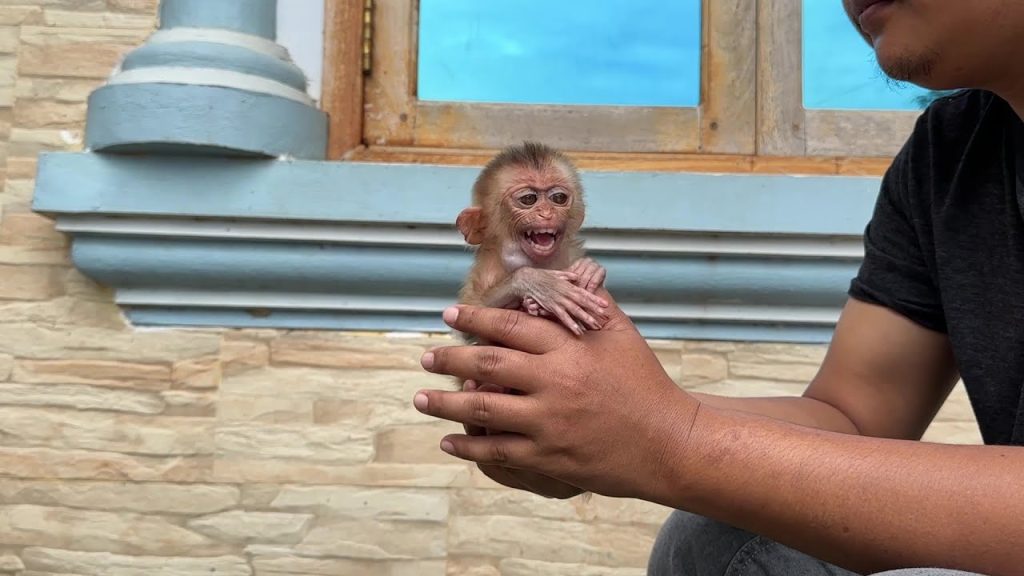
When monkeys receive an electric shock, the moment is sudden, violent, and deeply traumatic. Electricity is silent and invisible, and because wild or young monkeys do not understand danger from wires or poles, they often climb without hesitation. A single misstep—touching two wires at once, gripping a damaged cable, or jumping onto a transformer—can create a powerful jolt that their small bodies cannot handle. The result is fear, pain, and immediate confusion.
Electric shocks affect monkeys differently depending on the voltage, but even a brief contact can cause burns, trembling, unconsciousness, or loss of balance. A monkey may fall from a height after the shock, adding injuries like fractures or internal trauma. Many survivors are left dazed, shaking, unable to move properly, or crying out in distress. They do not understand what happened; they only feel the overwhelming pain.
What makes these incidents especially heartbreaking is that monkeys are curious and intelligent. They explore their surroundings with their hands, faces, and feet—exactly the parts most vulnerable to electricity. Young monkeys are at even greater risk because they love climbing, playing, and jumping without caution. A mother might watch helplessly from below, unable to protect her baby from the danger humans created.
When people witness a monkey being shocked, there is often a moment of panic. The small animal may lie still, as if lifeless, before suddenly gasping or twitching. Some require immediate first aid, but helping must be done carefully. A shocked monkey may bite out of fear, or worse, rescuers may touch the wire too soon and shock themselves. Trained wildlife workers usually approach with insulated tools, blankets, and safe equipment to remove the monkey from danger.
Once rescued, the real work begins—treating burns, stabilizing breathing, and warming the body. Electric shocks can cause delayed internal injuries, so monitoring is crucial. When a monkey slowly opens its eyes, tries to sit, or accepts water or milk, it is a fragile but hopeful sign. With proper care, many survive, though some carry scars or weakened limbs.
These painful incidents remind us of the responsibility humans have toward wildlife. Exposed wires, unsecured transformers, and unsafe power lines create hidden traps for curious animals. Simple protective measures—insulating cables, covering transformers, or building wildlife-friendly structures—can prevent tragedies.
A shocked monkey is more than a victim of an accident; it is an innocent life harmed by human-built dangers. With awareness, compassion, and action, we can reduce these heartbreaking events and make their world a safer place.


